The lens of your camera might just be the most important thing going for your photography. It’s what truly defines the quality of your photos. And although your DSLR standard lens can do a lot – alternative lenses will have you shooting more dynamic photos. They are well worth investing in, so let’s figure out what you should watch out for when picking one as a photography beginner.
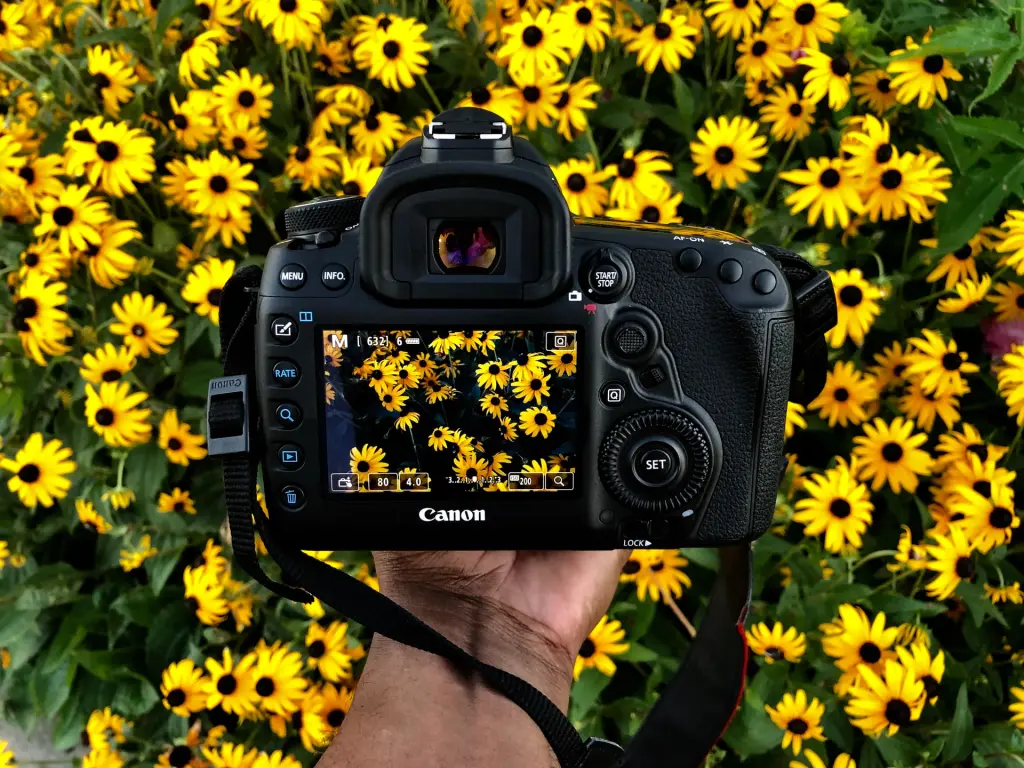
Isi kandungan
What does a camera lens even do?
There are two things a camera lens needs to do: let enough light into the camera (this has to do with the so-called aperture – more on that later). It also has to focus that light onto the camera sensor. One thing to take into consideration when choosing a lens is what sensor your camera already has. This will also have a huge effect on your end result.
The inside of the camera consists of several glass plates that are either concave or convex in shape – whose job is to do the focusing.
Camera lens characteristics
Before we get any further, let’s talk about the most common words used when it comes to camera lens features and why they matter:
Focal length
The focal length is the number that appears before the ‘millimeter / mm’ description of a camera lens. It’s out to be one of the most important characteristics. The focal length doesn’t have anything to do with the lens itself’s actual external length – it’s rather the measure between the optical center of the lens and the sensor inside the lens.
This characteristic indicates how much of the image you’re pointing at you will see and how much it will be magnified. The shorter the focal length, the more you will see, and the less it will be magnified.
Aperture
This is the opening of your lens that lets light into the camera. This feature controls a lot in photography – how dark or light your photos are, the depth of the photo, and what objects are focused or not.
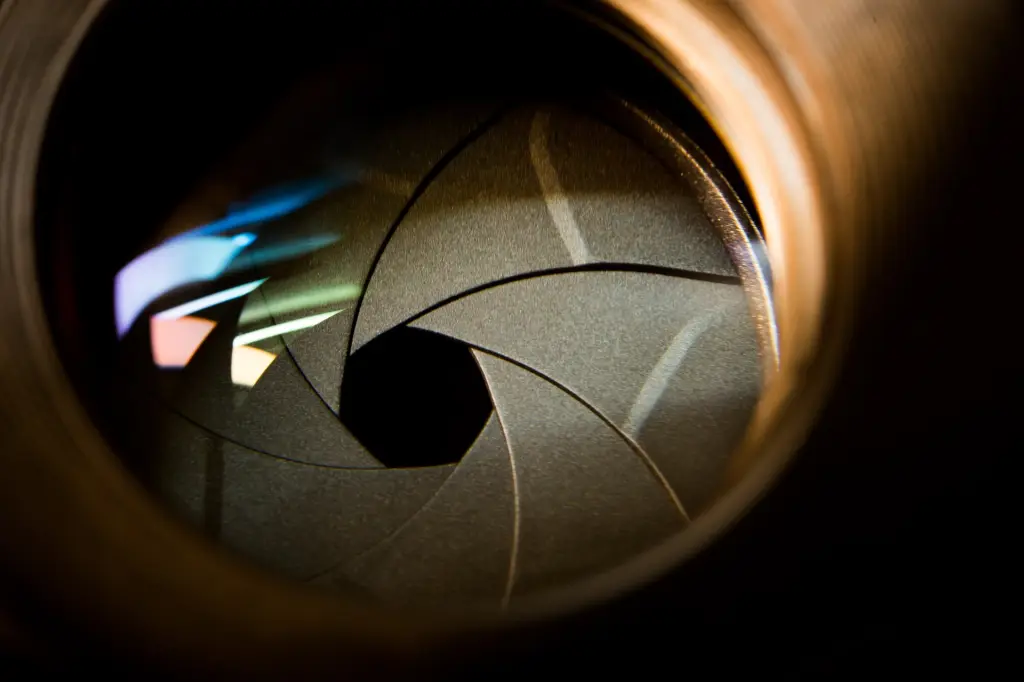
The aperture mimics the human eye, with a set of tiny blades rounded above the lens to make it smaller and bigger.
You will find the aperture described in numbers combined with the letter f (f/2.8, f/4, f/8, f/16, etc.) – named f-stops. These describe how open or closed your lens is. The larger the f-stop – the less light is let into the camera.
What you want to watch out for here is the maximum aperture; lenses with a particularly large aperture might be a little more expensive – but also give you more options. This feature will also allow you to control what part of your image is in focus or not.
Image stabilization lens
One of the most profound innovations in photography is image stabilization used to counteract the slight shake of your hand, which by the way, everyone has – no matter how calm and collected you are. These can be integrated into your camera or your lens – an elegant feature, usually found in higher priced lens segments.
Camera lens types: zoom vs. prime lens
There are two types of lenses – the ones where you can change the focal length (zoom lenses), and the ones you cannot (prime lenses).
Prime lenses tend to be sharper because they are quicker – but are a lot less flexible than zoom lenses. Zoom lenses are popular all-rounders, especially for traveling because they can vary in focal lengths, so you don’t need to bring several ones. Both tend to have pros and cons and are popular options for beginners.
Camera lens types: sizes
You might have already noticed that there are A LOT of lenses to choose from; here’s a breakdown of the most important ones and what type of photography they’re best used for.
Wide angle camera lens (10-35mm)
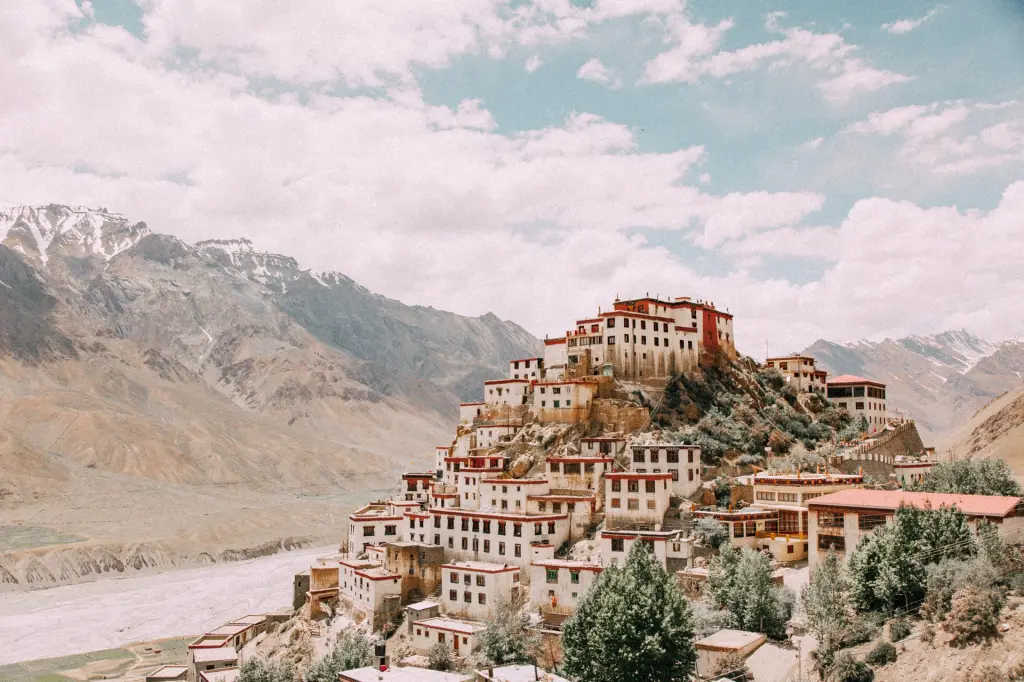
A wide-angle lens gives you a view that is generally wider than the human eye can see. Grab this lens if you want to cover a wide area such as a landscape or architectural features.
Standard lens (35-85mm)
This lens resembles the view of the eye. So you will get natural-looking photos that are crisp and clean.
Macro lenses (50mm on a 35mm camera)
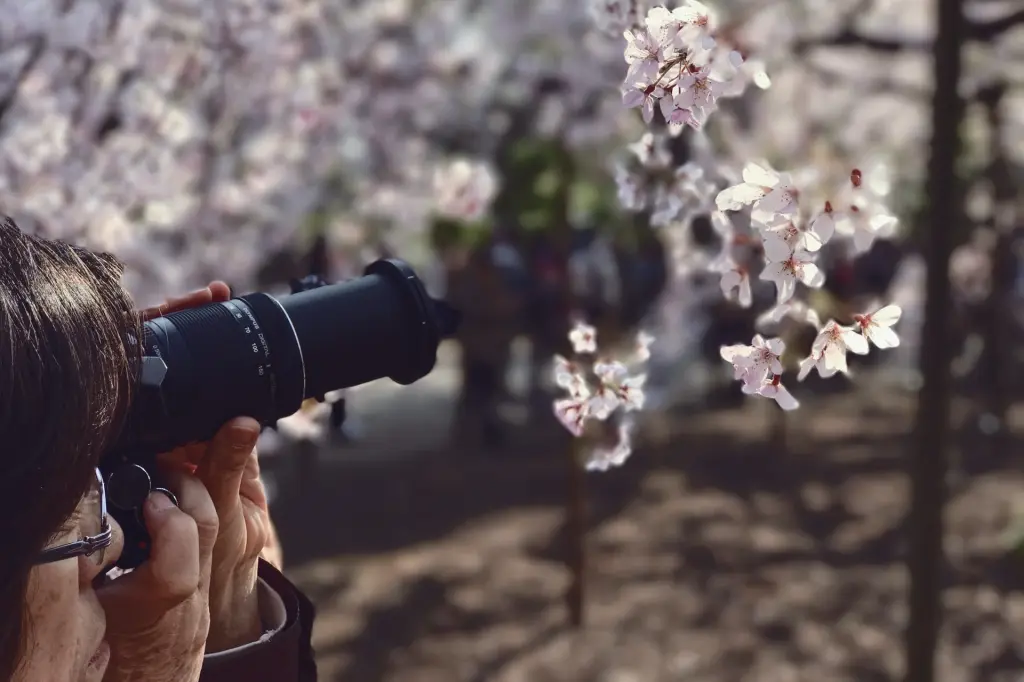
Macro lenses are used for intense close-ups, especially in nature – where the photographer wants to capture immense detail on a very small scale, like the image below.
Telephoto (100-300mm)
This one’s for capturing the action that’s far, far away – like Shrek. It’s often used for sports photography and capturing wildlife in its natural habitat. You can also use the telephoto to remove the depth of a photo and flatten its appearance.
Specialty lenses
Last but not least – we have very unique lenses that give photos a specific extravagant style, such as:
The fish-eye
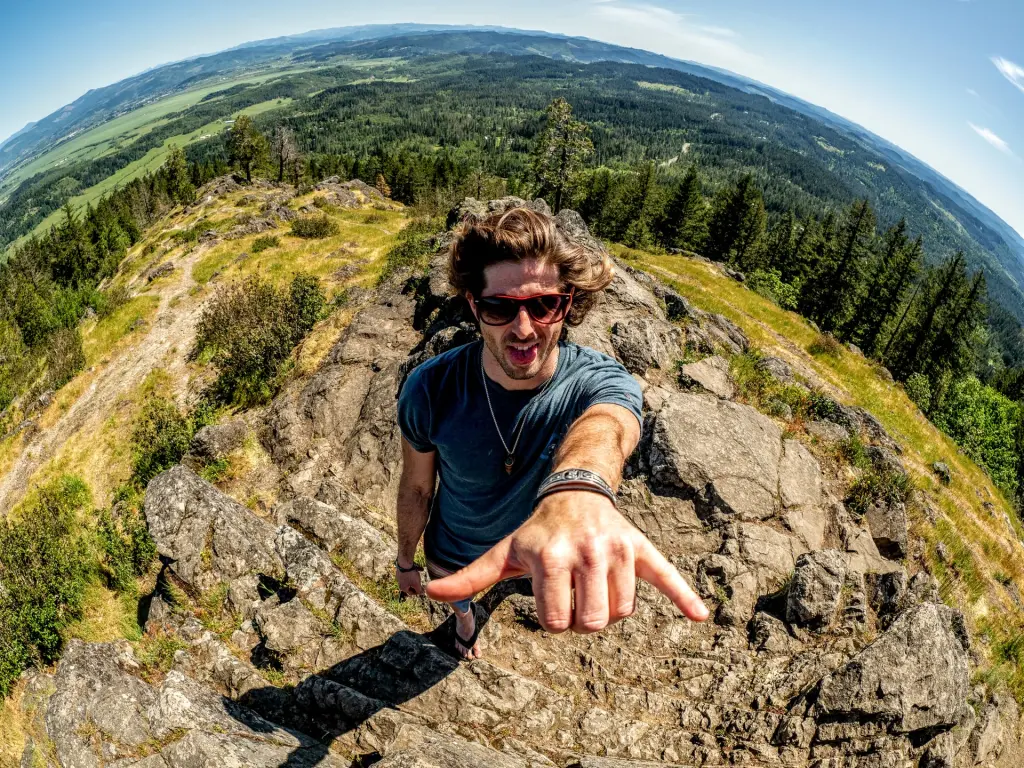
Makes every photo look like it was taken in a fishbowl or a snow globe – pretty fun, huh?
The tilt shift
Makes things seem teeny tiny, miniature, and cute.
Canon lenses guide beginners
If you already have a DSLR – that at least narrows down the search for you a little bit – phew. Here are the Canon lenses we recommend if you’re just getting started:
Canon EF 50mm f/1.8 STM– The Classic Upgrade
This lens will give you that blurred background feel – the 1.8 aperture and 50mm focal length really allows you to bring your subject into focus. It’s perfect for shooting portraits and for simple everyday photography – also great in dark conditions. Keep in mind that this is a prime lens (cannot zoom), so you’ll need to move closer or further away as you shoot.
Price: $125.99
Canon EF 35mm f/1.4L II USM – The Wide Angle Upgrade
This one is perfect for those wide-angle architectural or landscape shots. It boasts a large maximum aperture, which makes it great to use even in low light conditions. It’s integrated quick USM autofocus makes your job even easier while being super quiet. Keep in mind that this is a prime lens (cannot zoom), so you’ll need to move closer or further away as you shoot.
Price: $1799
Tamron SP 28-75mm (Canon compatible)– The Flexible Zoom Lens Upgrade
This zoom lens is known for its speed, flexibility, and comparatively low price for sharp quality. You can ‘render cluttered backgrounds well out of focus’, can shoot in low-light shooting freedom, and boasts a brighter viewfinder image. Very popular amongst wedding photographers. This is a zoom lens, which allows you to switch up focal lengths and gives you more flexibility.
Price: $269.95
Nikon lenses guide beginners
You already have a Nikon DSLR – and are ready to upgrade? Here are the Nikon lenses we recommend first reaching for:
Nikon 50mm F.18 – The Classic Upgrade
This is a perfect allrounder upgrade that boasts incredibly accurate, fast, and silent autofocus which you can switch to manual too. This gives you that perfect blurry background feel it’s also super lightweight for traveling but is definitely favored for shooting great portraits. Keep in mind that this is a prime lens (cannot zoom) so you’ll need to move closer or further away as you shoot.
Price: $219.95
Nikon 35mm F.18 – The Wide Angle Upgrade
Like the 50mm, this lens can also be used all-around for everyday shooting. The wider angle gives you more options for shooting landscapes. The 35mm is known to be a little more versatile. Again, keep in mind that this is a prime lens (cannot zoom), so you’ll need to move closer or further away as you shoot.
Price: $195.99
Choosing a camera lens
Choosing a lens is not an easy task, and above you’ll only find a few options to take into consideration, but we want to empower you to make your very own informed decision. So here are the last few tips on what to watch out for when choosing a lens:
Size & weight
Always check the size & weight of a lens; photography often occurs while traveling or going to exotic locations to shoot that perfect pic – you don’t want to end up lugging unnecessary weight.
Cost
This is an obvious factor you won’t want to miss – set yourself a budget; we recommend a more conservative one when you’re still not sure whether you want to take this on as a full-time profession or not, shop around for deals, or set alerts once you’ve chosen one.
Compatibility
Not every camera is compatible with every lens, so to avoid frustration – check compatibility. Generally speaking, big brands like Nikon and Canon are only compatible with their own brand of lenses, but you will also find DSLRs and lenses where you can shop more generically.
Features
The most important features we’ve already mentioned are focal lengths and aperture, as well as whether it’s a prime or a zoom lens. Don’t get discouraged by all of the other jargon around it and focus on the most important bits. Deciding which camera lens to get with will depend on what type of images you want to end up with and what you’ll be shooting. So keep that in mind when making your choice.
How to make the most out of your camera lens
Once you’ve made your choice – give yourself a pat on the back and get out there! Time to make the most out of your investment and improve your photography skills. Be sure to:
Test different focal lengths
Experiment with your aperture range
Pick, choose and play around with your composition
Practice, practice, and practice some more
Learn how to organize your photos to keep everything in order at all times
Alright, that wraps up our ultimate camera lens guide for beginners. Now it’s your turn to get behind your new lens and start seeing things from a new perspective.
Komen
Tiada komen setakat ini.